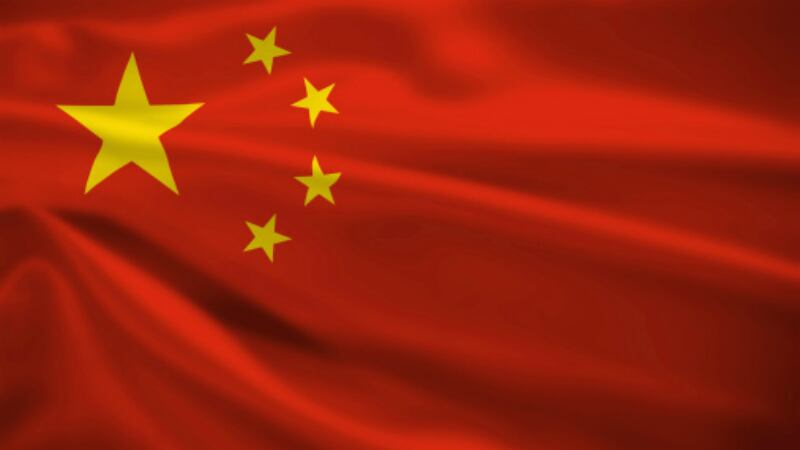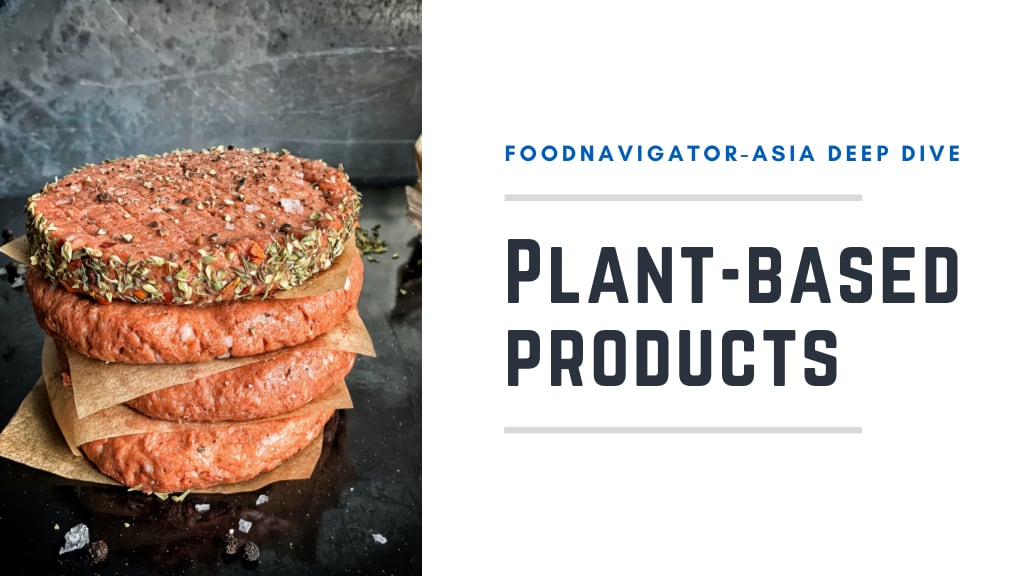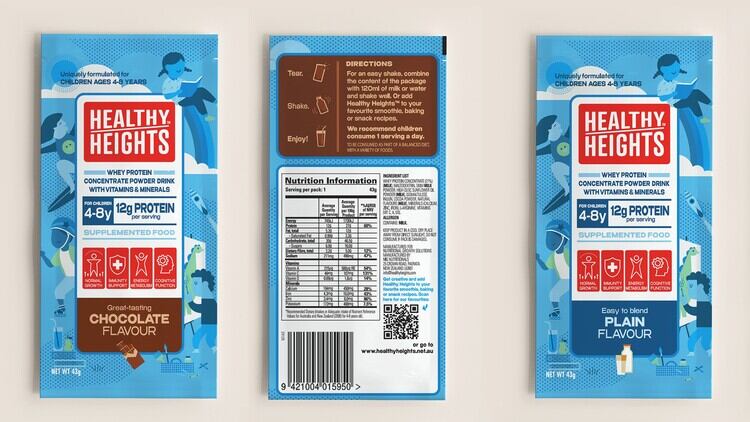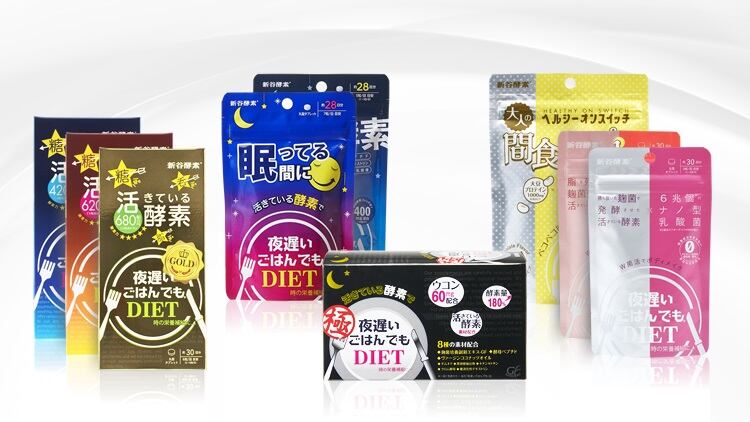Plant-based 3D printing: China and Australia identified as key markets for new Wagyu launch
Hong Kong 3D food printing firm Alt Farm is eyeing China and Australia as its first key target markets, revealing it hopes to launch a prototype plant-based A5 Wagyu Beef product in the next 12 to 18 months.
Alt Farm is a spin-off from the Hong Kong University of Science and Technology (HKUST), and has developed a patented 3D food printing technology with a nozzle that enables it to print foods with specified textures, a considerable difference from conventional 3D printed foods that are usually gelatinous before any additional processing.
“Most of the 3D food printing technology currently available is focused on applications for the elderly to produce soft foods that can be swallowed easily, or to be used with chocolate to personalize shapes – our technology is nothing like that, the target for us is to make regular food using 3D printing,” Alt Farm Managing Director Kenny Fung told FoodNavigator-Asia.
Ukraine-Russia conflict: Indian, Chinese food firms should seek alternative veg oil supplies – Analyst
Indian and Chinese food firms should seek alternative or additional sources of vegetable oil, with both countries facing severe shortages and price hikes due to the Ukraine-Russia conflict, according to an industry analyst.
The spike could impact manufacturers and companies that produce vegetable oil for consumers and those that use it as a major ingredient in the production process.
Speaking to FoodNavigator-Asia, Senior Analyst of Consumer Research at Fitch Solutions Brice Dunlop said: “We’re going to see a drop in Ukrainian supply. Therefore, there are three methods to overcome the price hikes: first, find alternative sources of oil immediately like ghee or palm oil; second, re-formulate products (depending on the usage of vegetable oil); or third, utilise ‘shrinkflation’ (sell in smaller quantities at the same price point to counter the effects of the supply shock).”
Strategic success? How Mondelez is tapping into emerging middle-class markets in India, China
Major food and beverage MNC Mondelez has revealed its strategies to tap into the India and China markets, both of which have burgeoning middle-class segments with increasing disposable incomes.
Mondelez operates in more than 150 countries, netting revenues of approximately USD$29bn via brands such as Oreo, Cadbury Dairy Milk and Toblerone.
And while the chocolate and biscuit market in Asia, Middle East and Africa is already 1.4 times the size of the North American sector, population growth, income rises and digital connectivity are tipped to help this further soar.
Mondelez Chairman and CEO Dirk Van de Put said: “AMEA is a very exciting growth engine for our company today and in the future.
ASEAN dairy difficulties: Lactose intolerance and supply chain challenges can be overcome - Yili
Persistent supply chain challenges and lactose intolerance in a large majority of consumers in the South East Asian region has led to difficulties for dairy firms to achieve sales or market shares as high as those in western countries, but industry leaders believe that this can be changed.
Although dairy products from milk to ice cream are very commonly found in the kitchens of ASEAN consumers, the fact remains that per capita dairy consumption in the region is far lower than that in many other markets, at less than 20kg per capita compared to around 300kg per capita in the United States according to Statista.
According to one of China’s largest dairy firms Yili, this lower consumption can be explained by widespread lactose intolerance in the region - studies have estimated the frequency of lactose intolerance in consumers to be between 90% to 100% - but these challenges can be overcome.
Food security innovations revealed: How tech advances are helping China strengthen its supply chains
Artificial intelligence (AI) and robotics solutions to tackle the challenges plaguing the food supply chain in China have been unveiled as the nation strives to meet soaring demand and enhance nutritional quality.
China is the world’s largest importer of food and is only a net exporter in terms of rice.
Speaking at an online webinar, titled Smart Agriculture in China: Role of Digital Technology in Agriculture, experts said it was vital that state-of-the-art tech was utilised to boost China’s self-sufficiency by improving yields and food standards.
A number of new innovations were highlighted, including how a group of Chinese scientists developed a control system in greenhouses to be more cost-efficient and environmentally friendly.





